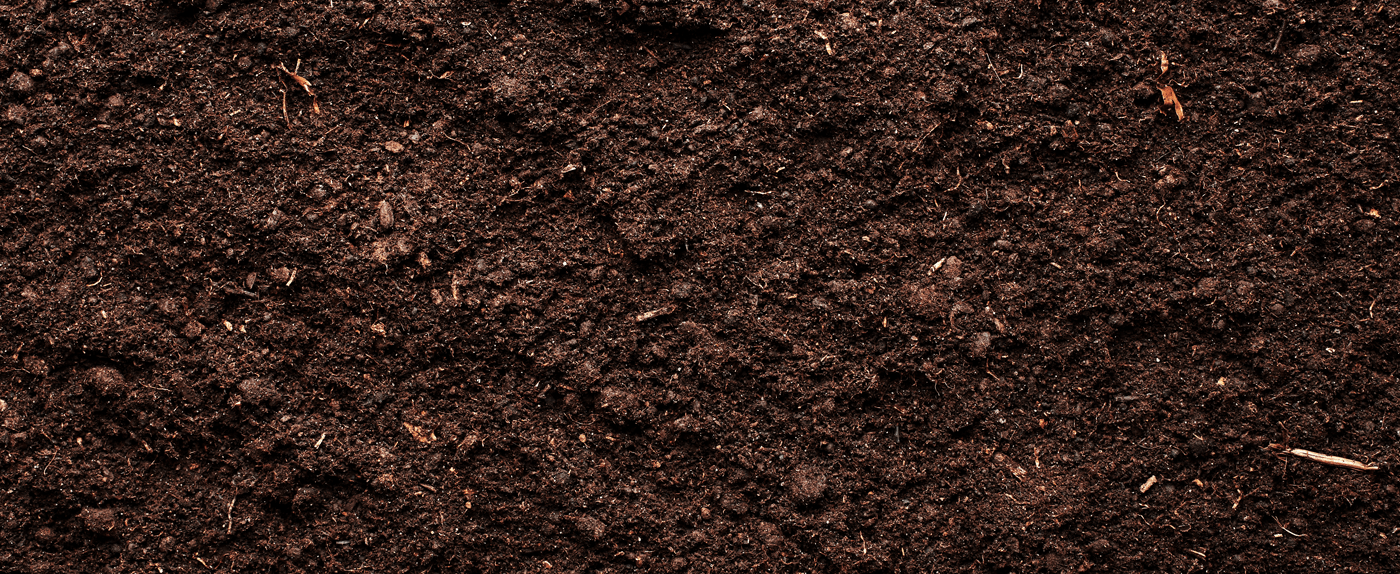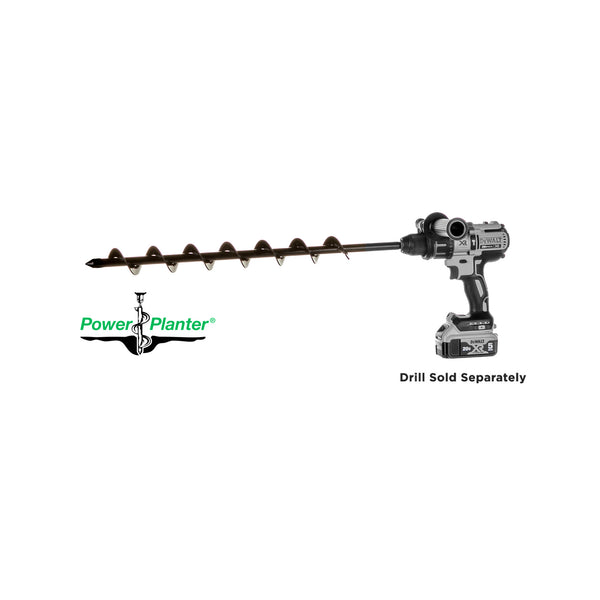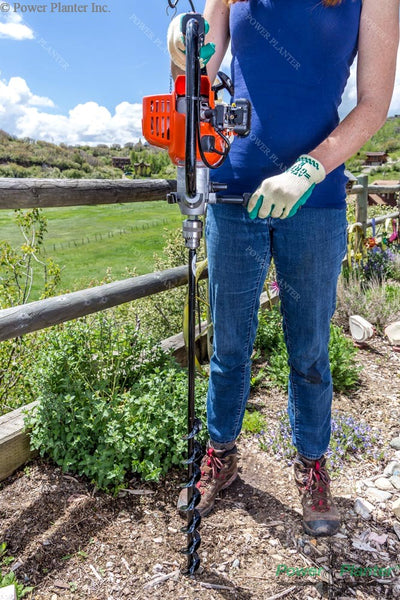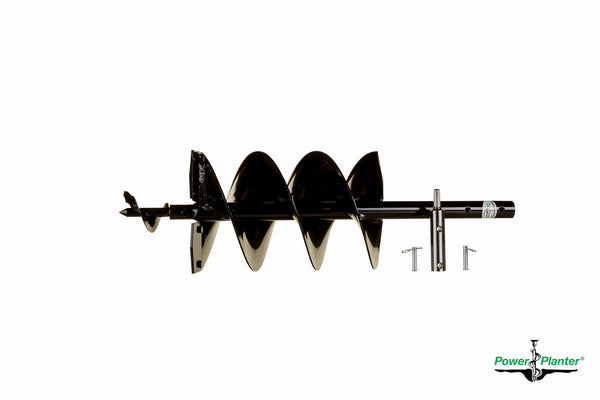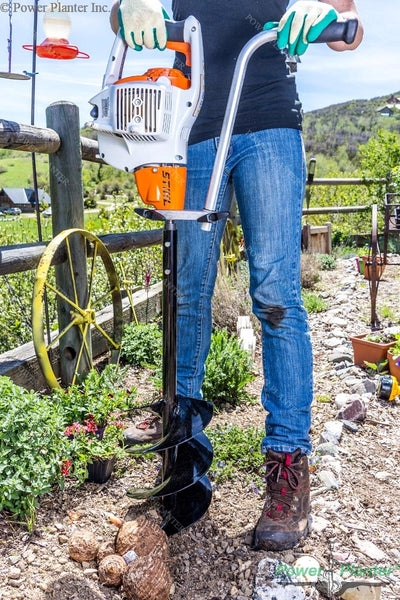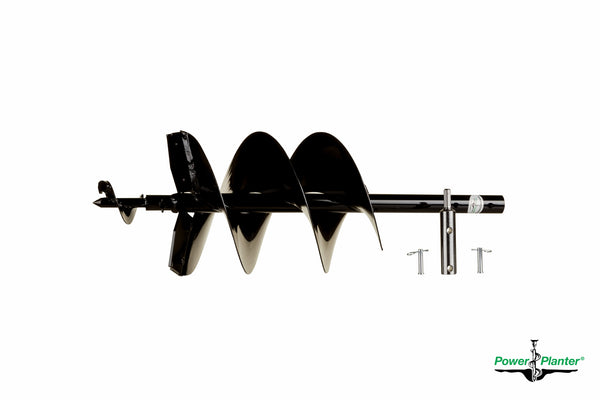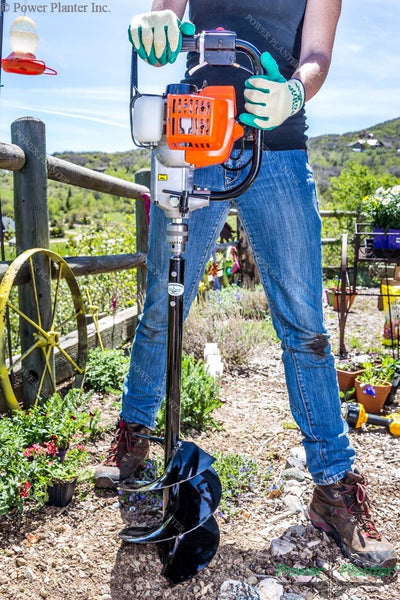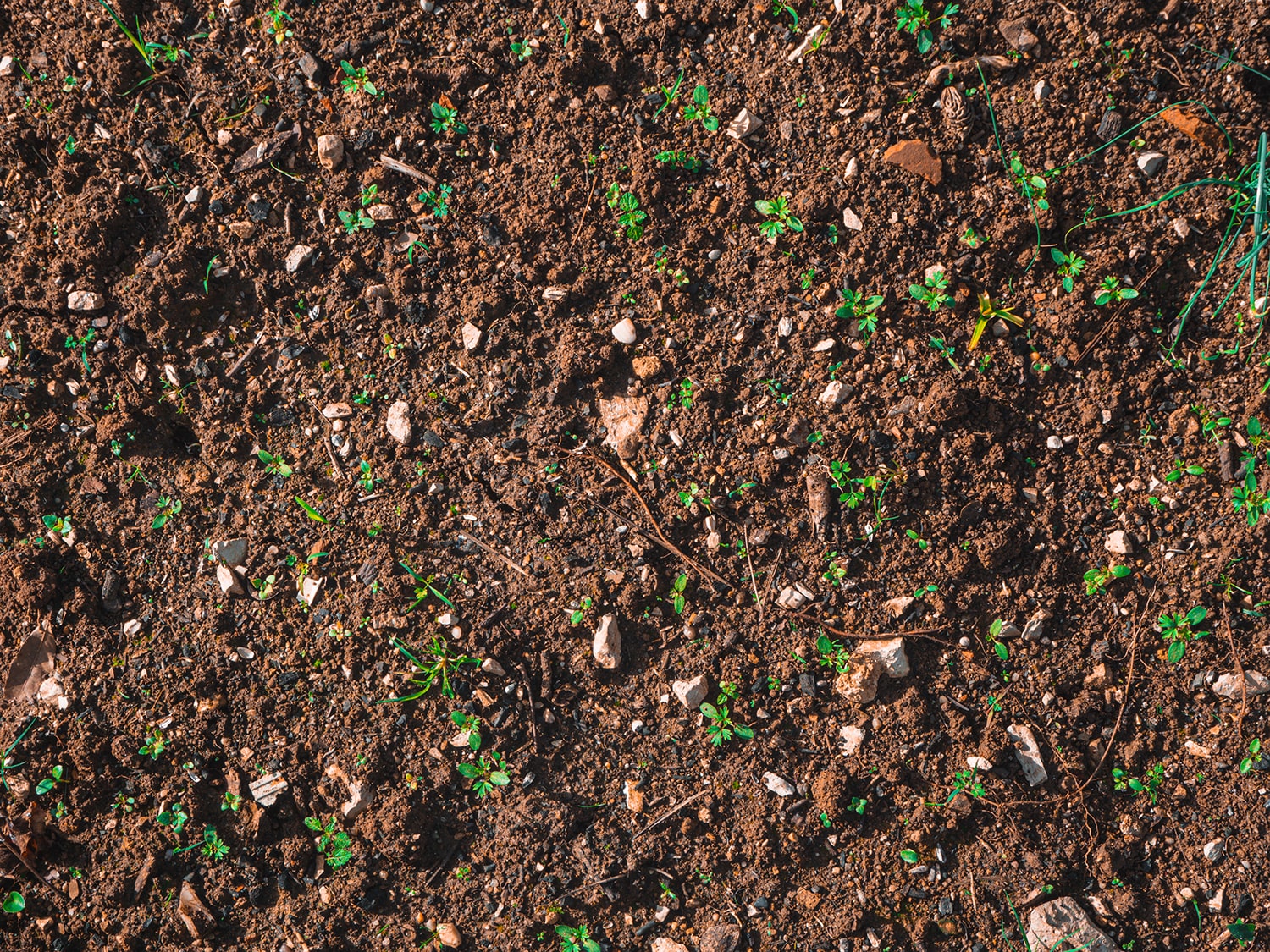
Heavy Duty Augers
Showing results 1-14 of 14 filtered products.
Need help choosing the right auger?
Take our quiz and get a personalized recommendation.
Showing results 1-14 of 14 filtered products.
Need help choosing the right auger?
Take our quiz and get a personalized recommendation.
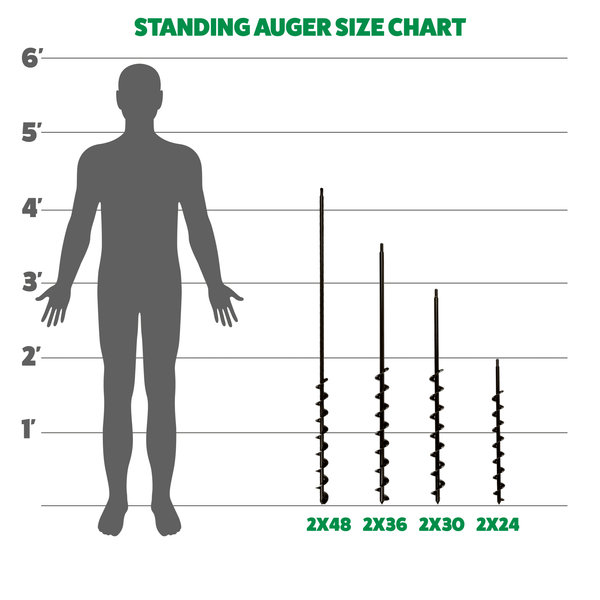
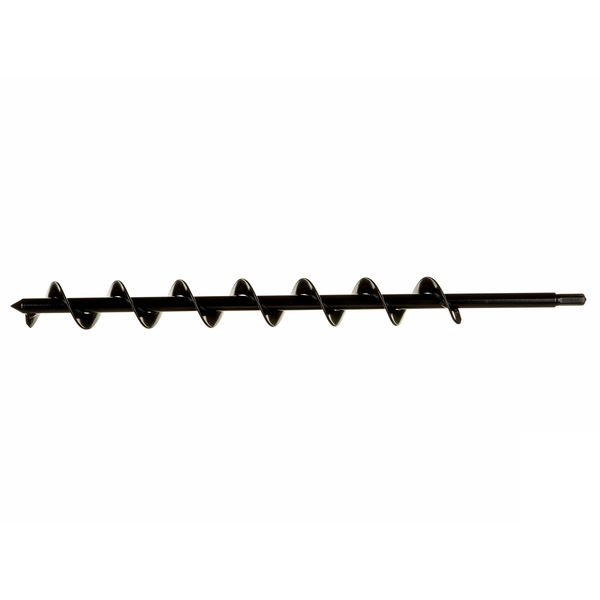
Tree Planting Auger Bit
2” x Standing Lengths
$72.50 - $152.50
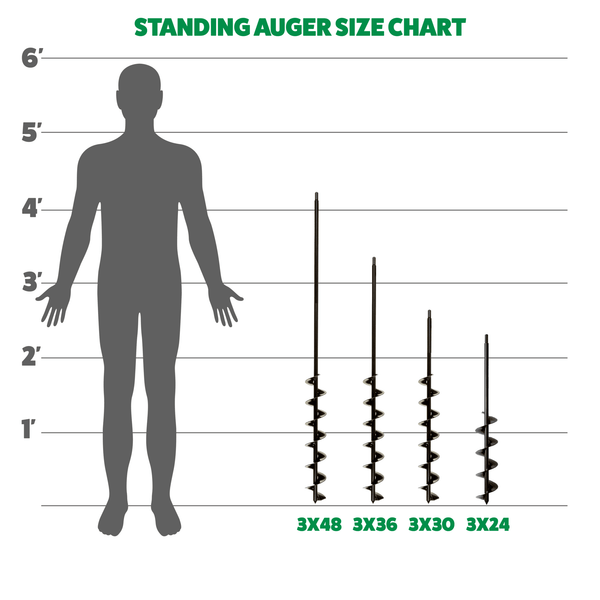
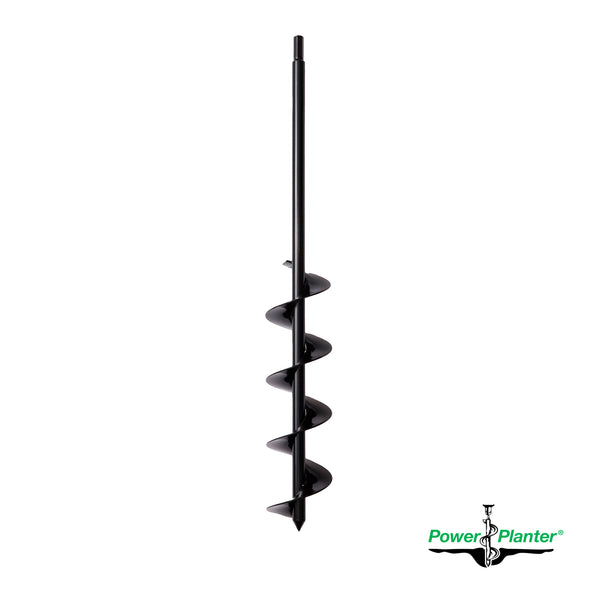
Extended Length Bulb Auger
3" x Standing Lengths
$54.99 - $125.50
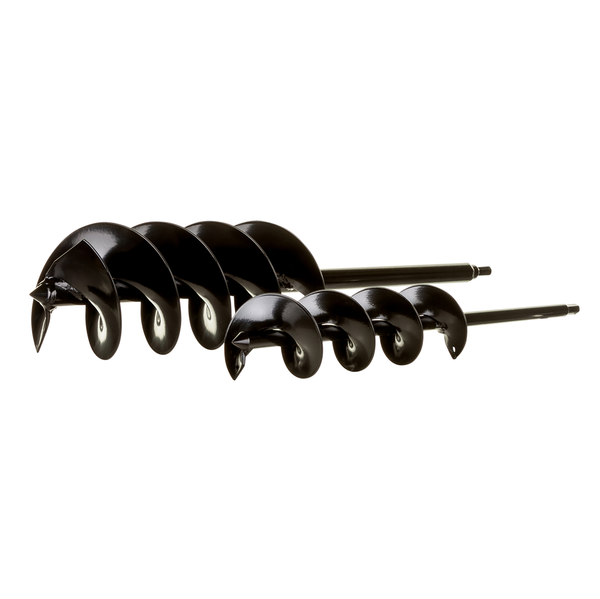
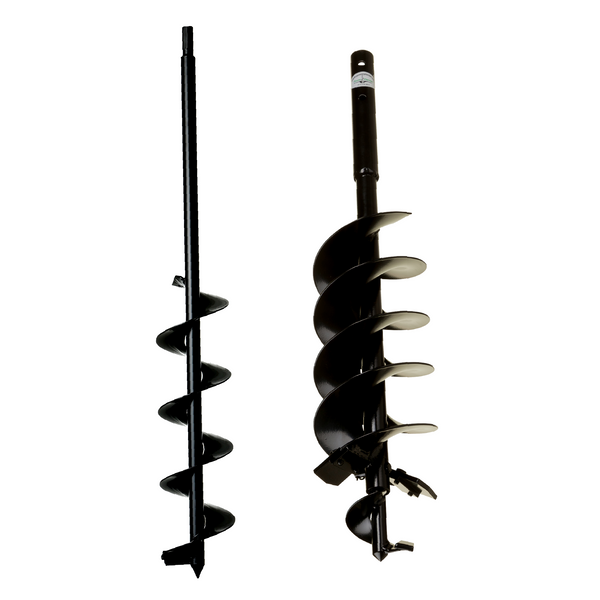
Landscaping Auger Starter Pack
3″ x 24″ and 5″ x 28″
$159.99 - $280.00
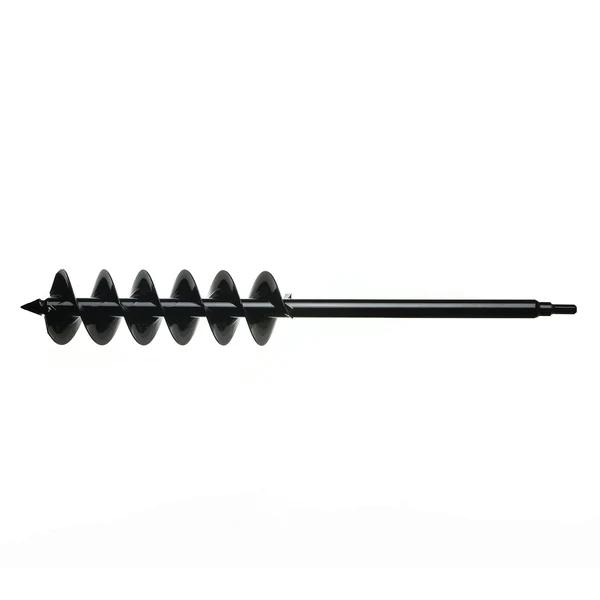
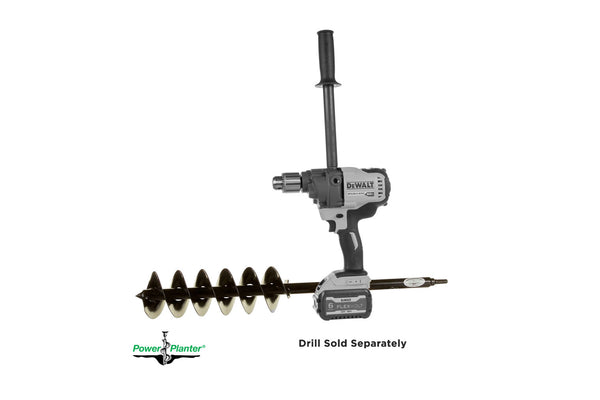
4-Inch Auger for Bulbs and Root Quencher Installation
4" x 28"
$92.50 - $162.50
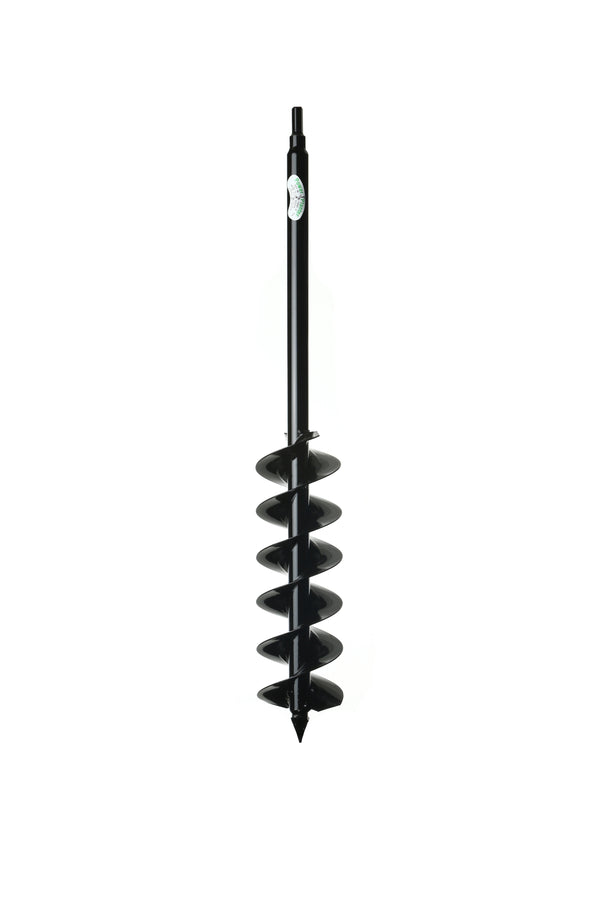
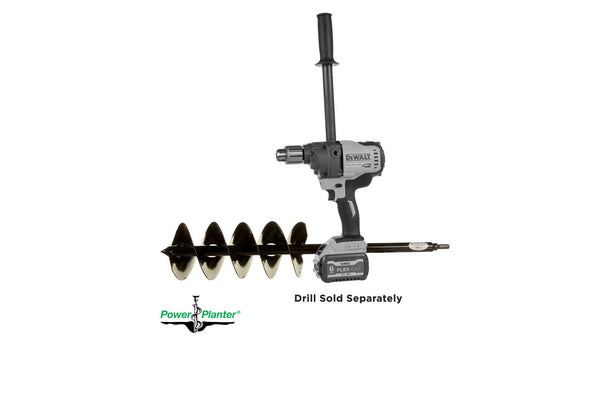
Quart Pot Landscaping Auger
5” x 28”
$105.00 - $185.50
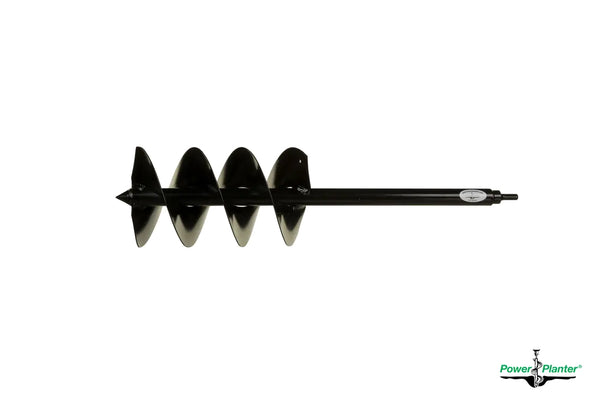
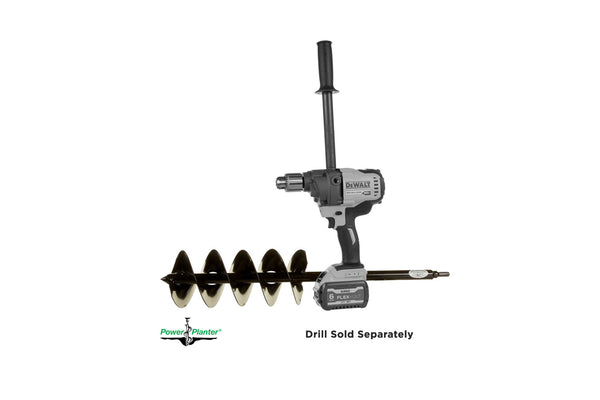
Gallon Pot & Post Hole Auger
7" x 28"
$132.50 - $235.50

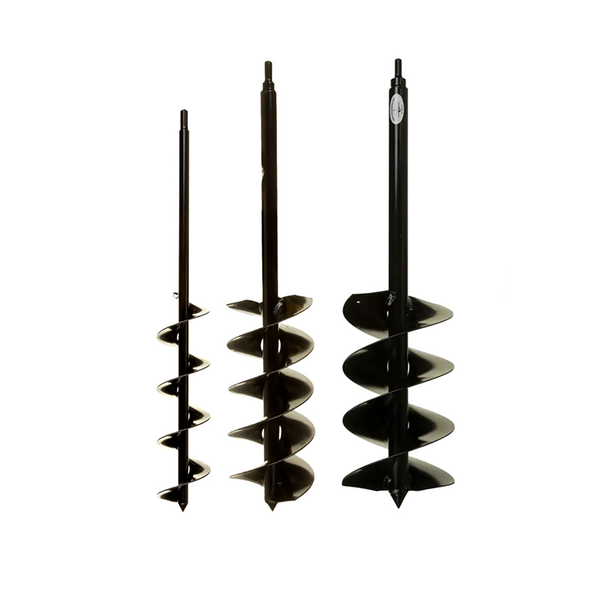
Ultimate Professional Landscaping
Bundle
$292.00 - $1,379.00

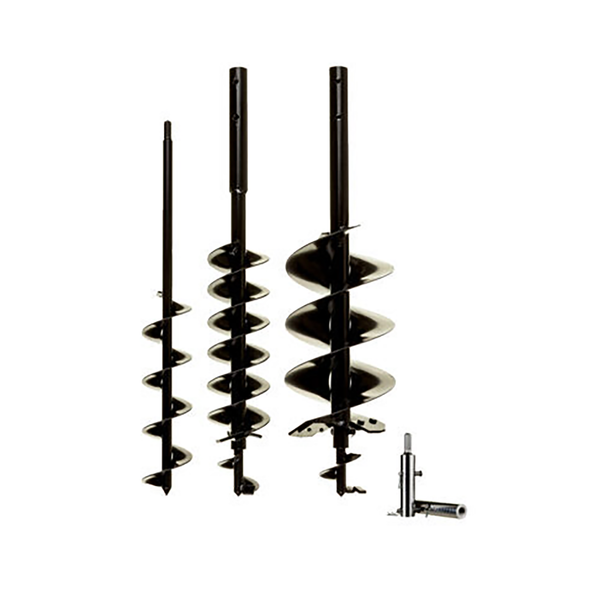
Ultimate Professional Landscape Auger
Bundle (Heavy Duty Tips)
$515.50 - $1,602.50
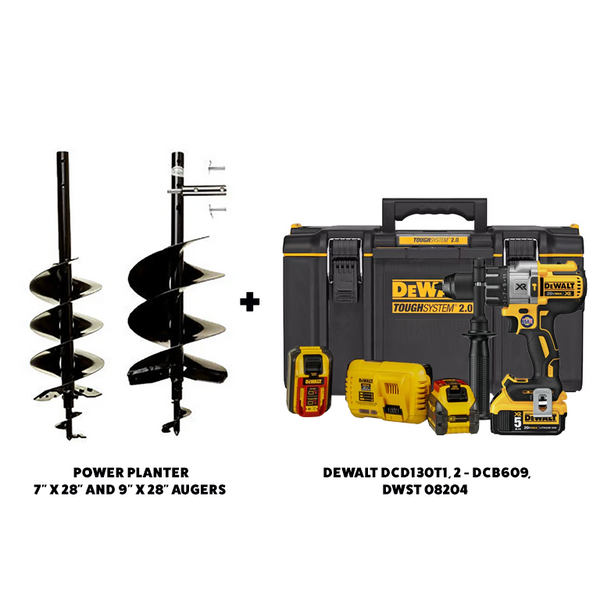
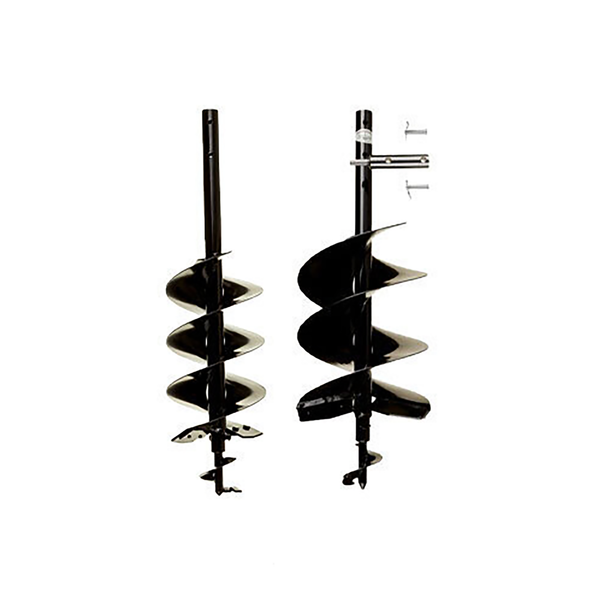
Ultra HD Professional Landscape Auger
Bundle
$554.50 - $1,641.50
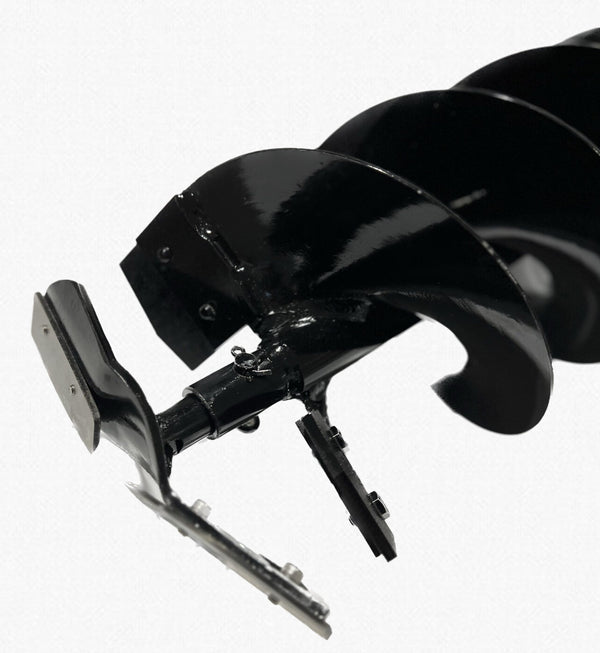
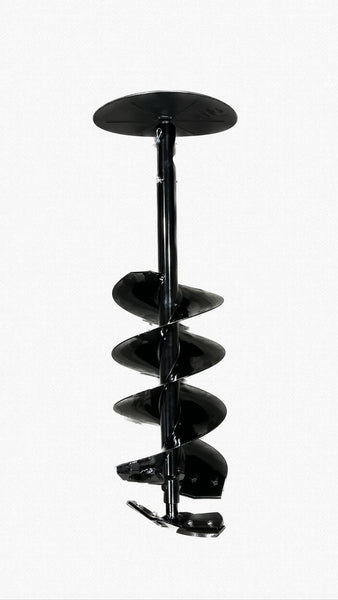
Ice Auger
Drill Attachment & Blades
$77.75 - $299.00
